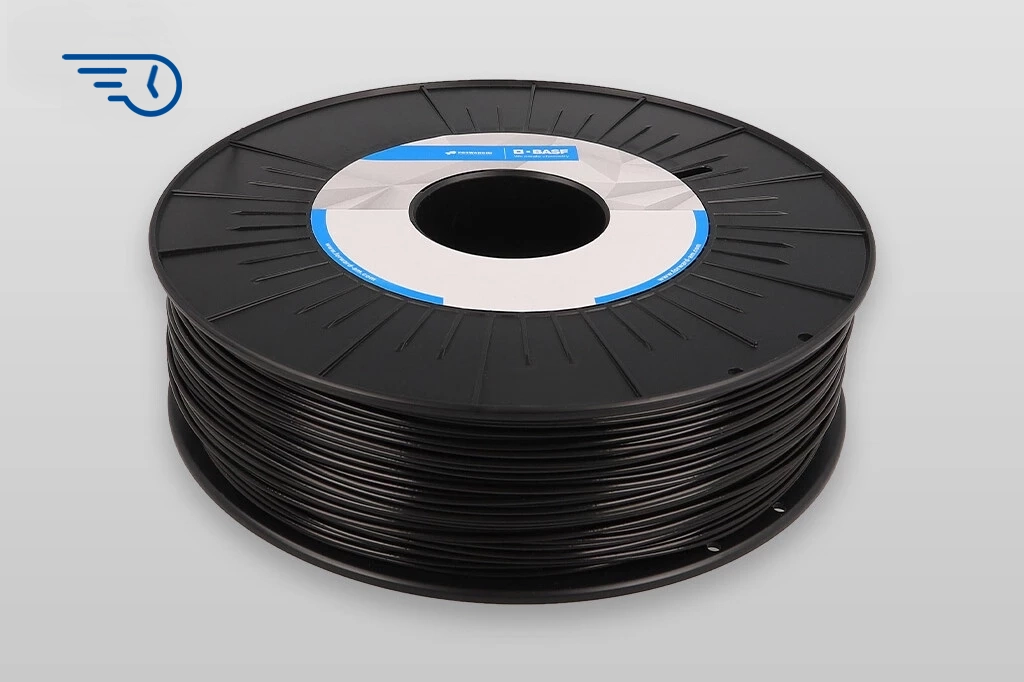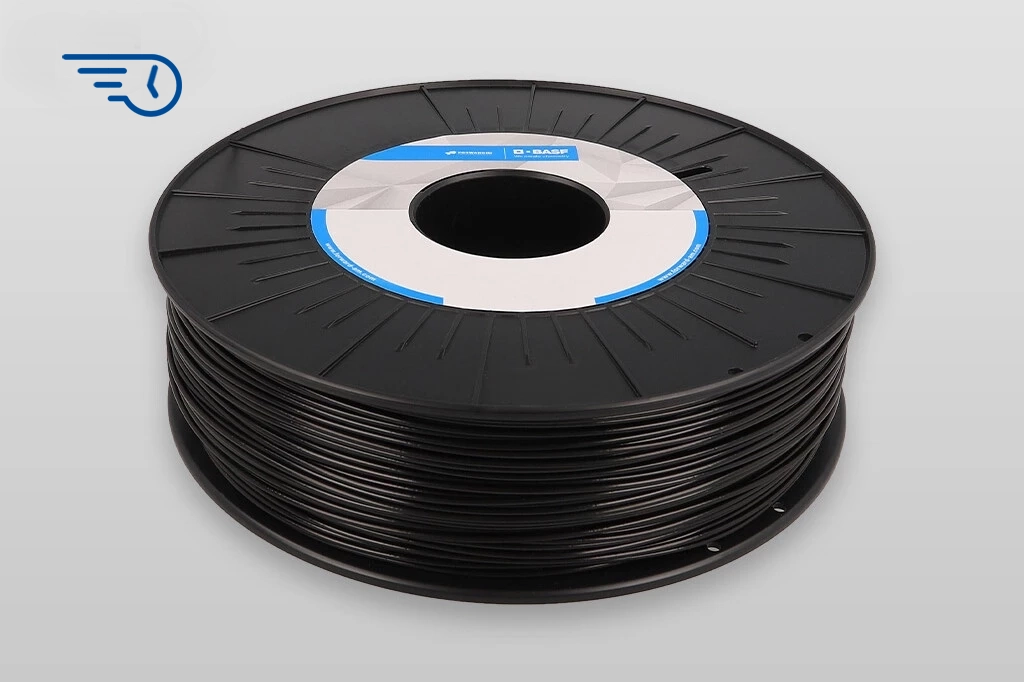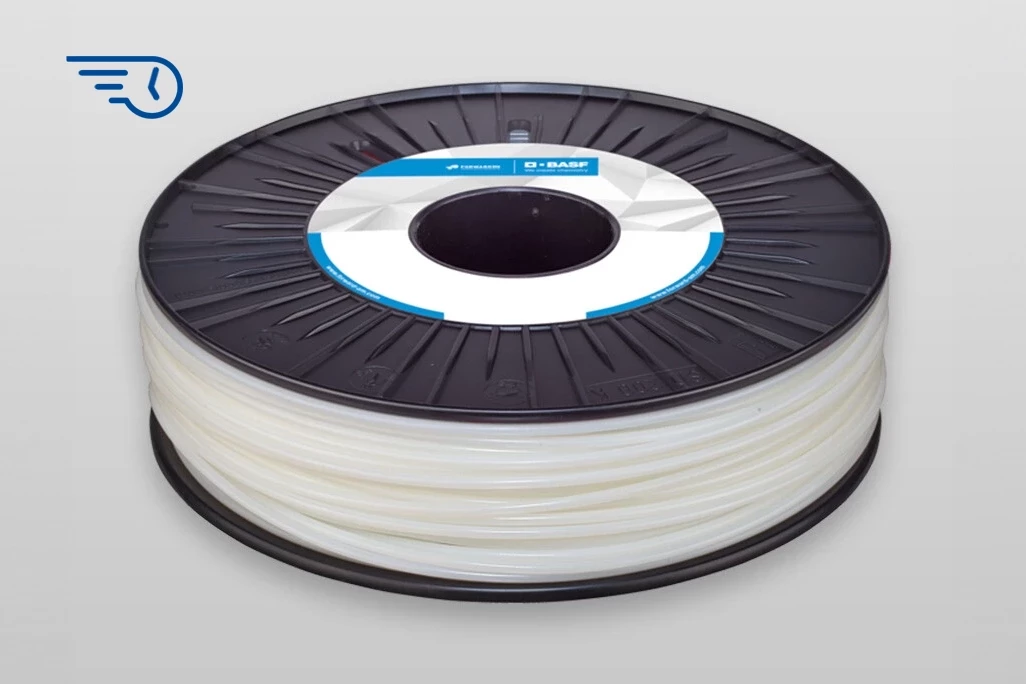Ultrafuse® rPET 
Sustainability Meets High Performance
Ultrafuse® rPET is a high-performance 3D printing filament made from recycled PET post-industrial waste. It features excellent mechanical properties and a transparent blueish hue, comparable to virgin PET filaments. Meeting European food safety standards, it offers a sustainable alternative to reduce plastic waste in manufacturing.
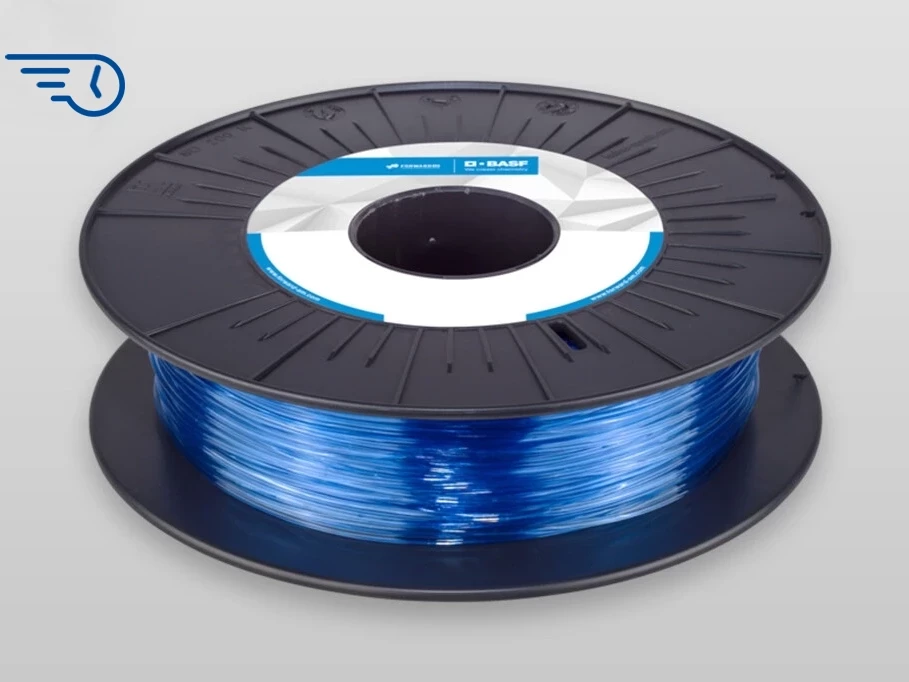
Material Details
- Product Leaflet
- Technical Data Sheet: EN, FR, ES, DE, ZH
- Safety Data Sheet: EN, other languages
- Printing Profiles
Description
No less than 44 % of total waste* is generated by plastics. The 3D printing community provides a powerful opportunity to make current manufacturing methods more sustainable, so we have challenged ourselves to create a filament made from recycled material that is a serious alternative to filaments made from virgin raw materials.
We are now proud to say that with the new Ultrafuse® rPET we have more than met the challenge. The “r” stands for recycled, as Ultrafuse® rPET is made from recycled PET post industrial waste. Components printed with Ultrafuse® rPET print, look and perform as outstandingly as our PET filament made from virgin raw material.
Ultrafuse® rPET is based on food-safe raw materials (granulate), which are suitable for food contact applications according to the European Plastics Regulation.
Sustainability Check
Lifecycle assessment available
Generally recyclable
Recycled Material

Recycled Packaging
Benefits at a Glance
- Sustainable alternative to PET
- Easy to print
- Great end results
Example Applications
- Jigs & fixtures
- Automotive parts
- Prototyping
Material Properties
- Tensile Strength (MPa): 14.7 (ZX), 38.6 (XY)
- Flexural Modulus (MPa): 829(ZX), 1551 (XZ), 1662 (XY)
- Elongation at Break: 1.2% (ZX), 4.3 %(XY)
- Impact Strength Izod notched (kJ/m2): 1.5 (ZX), 3.3 (XZ), 4.4 (XY)
- Impact Strength Izod unnotched (kJ/m2): 4.4 (ZX), 21.9 (XZ), 48.2 (XY)
- HDT @ 0.45 MPa: 71°C
Printing Guidelines*
- Nozzle Temperature: 225-245 °C
- Build Chamber Temperature: -
- Bed Temperature: 65 - 85 °C
- Bed Material: Adhesive spray or glue
- Nozzle Diameter: ≥ 0.4 mm
- Print Speed: 30 - 150** mm / s
* The product data is provided in good faith and represents typical properties based on our current knowledge and experience; these data are not to be construed as specification limits or mini- mum values. Product properties may be changed without notice. This document does not create any liability, warranty or guarantee of product performance. It is the buyer’s responsibility to determine the suitability of Ultrafuse® products for the intended application.
** To achieve faster printing speeds, it may be necessary to raise the nozzle temperature. The highest speed mentioned has been determined through our latest tests, ensuring optimal surface quality with a 0.4mm nozzle and 0.2mm layer height. Please note that as printing technology and equipment evolve, we anticipate the possibility of achieving even faster speeds in the future.
Use Case of Ultrafuse® rPET
RHUBARB by Atelier DARN: Championing Sustainability with Ultrafuse®️ rPET at FAV 2024
Using Forward AM's Ultrafuse®️ rPET filament, Atelier DARN's RHUBARB installation of 1,000 3D printed elements triumphed at the 2024 Festival des Architectures Vives (FAV) by winning the Public Prize.
Next Steps
Get in touch
Do you have questions about our materials, technologies or services? Get in touch now!
More Ultrafuse® Standard Filaments
Ultrafuse® PP
Ultrafuse PP is a high-performance thermoplastic with low density, high elasticity, and high resistance to fatigue.
Benefits at a Glance
- Tough and strong
- Fatigue resistant
Ultrafuse® PLA
PLA, Poly-Lactic-Acid is one of the most used materials for 3D printing and is available in a wide range of colors.
Benefits at a Glance
- Large color range
- Easy to print
Ultrafuse® PET
Ultrafuse PET is made from a premium PET and prints as easily as PLA but is much stronger.
Benefits at a Glance
- Watertight prints possible
- Easy to print like PLA
- Premium food-approved raw material
- Good layer adhesion
- Easy to handle
Ultrafuse® ABS
Strong, flexible, and has a high heat resistance. ABS is a preferred plastic for engineers and professional applications.
Benefits at a Glance
- Long life span
- Very tough
